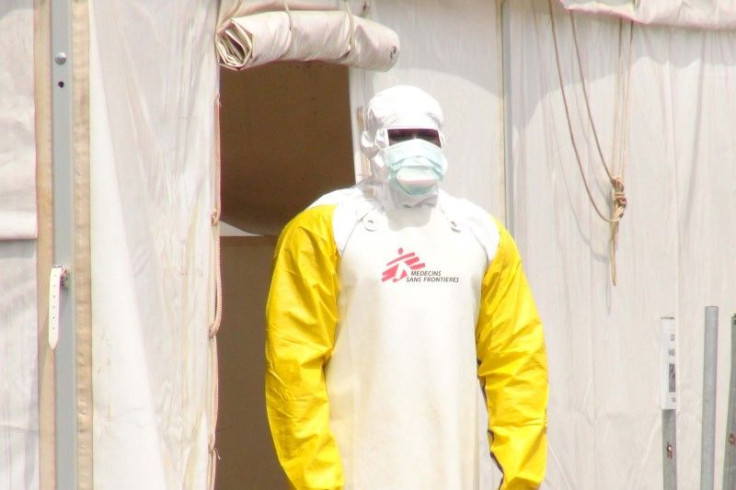Is Ebola Curable? Breakthrough Treatment Heals Symptoms In An Hour

The scourge of “incurable” ebola virus disease (EVD) might finally be over.
This disease that’s killed more than 11,300 persons worldwide, mostly in various outbreaks in West Africa, might finally have met its match in two newly developed monoclonal antibodies that vastly improve the chances of survival for persons stricken by this fearsome disease. These antibodies are said to cure the symptoms of EVD in just an hour.
Two drugs being tested in an ongoing major outbreak in the Democratic Republic of the Congo (DRC) were found to have significantly reduced the death rate inflicted by EVD, according to the World Health Organization (WHO) and the U.S. National Institute of Allergy and Infectious Diseases (NIAID), a co-sponsor of the trial.
These new cures are two monoclonal antibodies that proved to be significantly more effective against EVD in clinical trials at four DRC towns being ravaged by the disease. More than 1,900 persons have died in the DRC from EVD over the past year.
The first of these cures is REGN-EB3, a cocktail of three monoclonal antibodies against ebola made by U.S. firm Regeneron Pharmaceuticals, Inc. in New York. The most effective treatment, REGN-EB3 had the lowest overall death rate at 29% in the trials at four DRC centers.
The second is a monoclonal antibody named mAB114, which had a mortality rate of 34%. This particular antibody was derived from a single antibody from the blood of a person that survived Ebola in the DRC in 1995. mAB114 was made by Ridgeback Biotherapeutics in Miami, Florida.
In contrast, the overall mortality of those treated with ZMapp (the current treatment of choice) was 49% while that of Remdesivir was 53%. ZMapp and Remdesivir were used during the massive Ebola epidemic in Sierra Leone, Liberia and Guinea a few years ago.
Survival rates for patients that arrived at a treatment center soon after they were stricken with EVD and were treated with the monoclonal antibodies were even more impressive. Their death rates came to only 6% with REGN-EB3, 11% with mAB114, 24% with ZMapp and 33% with Remdesivir.
The average EVD case fatality rate is some 50%, according to WHO. Past outbreaks show fatality rates have varied from 25% to 90%.

The superiority of these two monoclonal antibodies led to the trials at the DRC that began in November 2018 being stopped, said WHO. WHO later announced all Ebola treatment units will now use REGN-EB3 and mAB114.
“From now on, we will no longer say that Ebola is incurable,” noted Prof Jean-Jacques Muyembe, director general of the Institut National de Recherche Biomédicale in DRC, which oversaw the trial.
“These advances will help save thousands of lives. Now that 90% of their patients can go into the treatment center and come out completely cured, they will start believing it and building trust in the population and community,” he said.
Dr. Muyembe is being hailed as a “true hero” for his key role in fighting EVD since it first appeared in the DRC (formerly Zaire) in 1976. Dr. Muyembe was the first virologist ever to visit an Ebola patient. He’s also helped fight all of the outbreaks to hit his country.



























